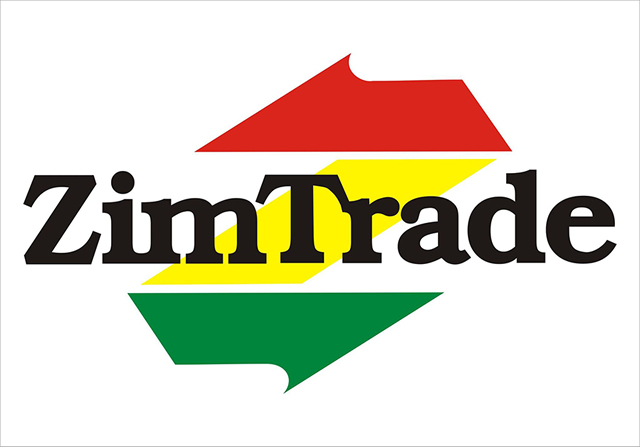‘Craft policies that restore Zim’s competitiveness’

 Conrad Mwanawashe Business Reporter —
Conrad Mwanawashe Business Reporter —
ECONOMISTS say Government should implement policies that promote the restoration of Zimbabwe’s competitiveness in light of the constrained space arising from challenges related to reliance on the United States dollar as the transacting currency and liquidity challenges.
Some of the constraints facing local industry include cheap imports mainly from South Africa, Zimbabwe’s largest trading partner.
Foreign companies flock to supply finished products to Zimbabwe to trap the United States dollar, one of the many currencies in the multicurrency basket the country is using. The USD has become the leading transacting currency making locally produced goods more expensive than imported products.
Statistics from the central bank show that the USD transactions account for 95 percent of all transactions up from 60 percent in 2010.
As a result, most Zimbabwean producers have to operate below capacity as they cannot compete with the cheaper imports.
Also because of the overvalued USD, local producers are not competitive in foreign markets.
Economist lecturer Professor Tony Hawkins said Zimbabwe should tackle the exchange rate as a measure to rebalance the economy.
“We cannot go on with a much overvalued exchange rate. The currency overvaluation has given us deflation, so we have had no increases in prices for the last four years, unemployment and a huge trade gap and deepening fiscal crisis,” said Prof Hawkins.
Another economics professor at the University of Zimbabwe, Ashok Chakravarti said policy initiatives are necessary also to address liquidity challenges the country is going through.
He said total deposits reached $4,4 billion in 2012 and about $600 million in real money that was backing it, giving a proportion of real USD to deposits of 14 percent in the same year down from 18 percent in 2013.
Notes and coins in real USD as at November 2016 were at $69 million excluding the informal economy. Total real USD in the system as at November 2016 were at $232 million.
“There has been a decline of about $400 million from 2010 that has either been externalised out of the system or has gone out of the banking system and is being held in the informal economy. Those are the only two places it can go to. And I suspect that it is a mixture of the two,” said Prof Chakravarti.
“So we have a depletion of real USD in the system in the last seven years of roughly $400 million and that is one of the reasons we have a liquidity crisis,” he said.
The Reserve Bank of Zimbabwe has said over $2 billion was siphoned out of the country through illicit financial flows in 2015 with individuals externalising $684 million titled as donations, investments, and account transfers.
Firms externalised $1,2 billion in the form of export sales proceeds and highly inflated management fees, technical fees and professional fees.
Deposits in the banking system increased to $6,2 billion dollars but only backed by about $200 million in real money.
“This is an inadequate proportion and if you do comparative studies of monetary economics in most developing countries you will have percentages ranging from 10 percent to 15 percent. So if the cash in the system is less than 10-12 percent (of total deposits) you are going to have a liquidity crisis. We currently have four percent and that is bound to lead to a liquidity crisis,” said Prof Chakravarti.
Another challenge that economists argue should be addressed by policy initiatives is Government’s debt overhang which has affected the country’s standing in the international financial system.











Comments